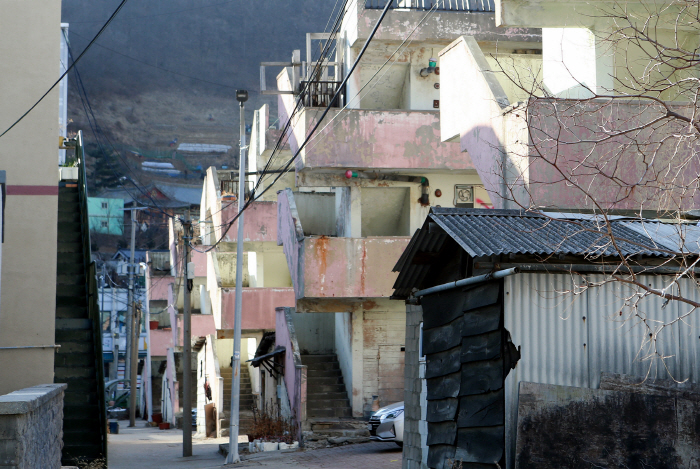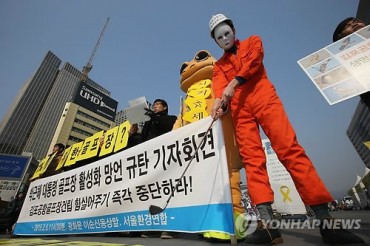JEONGSEON/TAEBAEK, Feb. 19 (Korea Bizwire) — The dismantling of South Korea’s once flourishing mining regions was caused not by the decline of the coal industry, but by government policy that targeted the early shutdown of mines and a rapid reduction in coal output, research showed Thursday.
According to a study commissioned by Jeongseon County in Gangwon Province, the current problem of the nation’s abandoned mining regions was caused by the collapse of mines, the base for everyday life of local residents, which were shut down at a time when coal output reached its heyday primarily due to the government’s drive to achieve its policy goals.
The nation’s coal output peaked in 1988, one year before the government imposed coal industry rationalization measures.
After peaking at 24.3 million tons in 1998, the nation’s coal output has been on a downward trend, falling to 17.2 million tons in 1990, 11.9 million tons in 1992 and 7.4 million tons in 1994.
After the government implemented the coal industry rationalization measures, a total of 15 mines were closed in Taebaek, the nation’s largest mining region, in 1989 alone. This figure is equivalent to 33 percent of the region’s 46 mines.
In the 29 years from 1988 to 2018, the number of South Korean mines slid from 347 to 5, with the nation’s coal output plunging to 1.2 million tons from 24.3 million tons.
The massive shutdown of mines and the reduction in coal output led to the economic collapse of the mining region, including a decline in population.
The population of the province’s four mining regions, including Taebaek, is now estimated at about 180,000, which is equivalent to merely 40 percent of the 440,000 who lived there before the coal industry rationalization measures were taken.
J. S. Shin (js_shin@koreabizwire.com)







